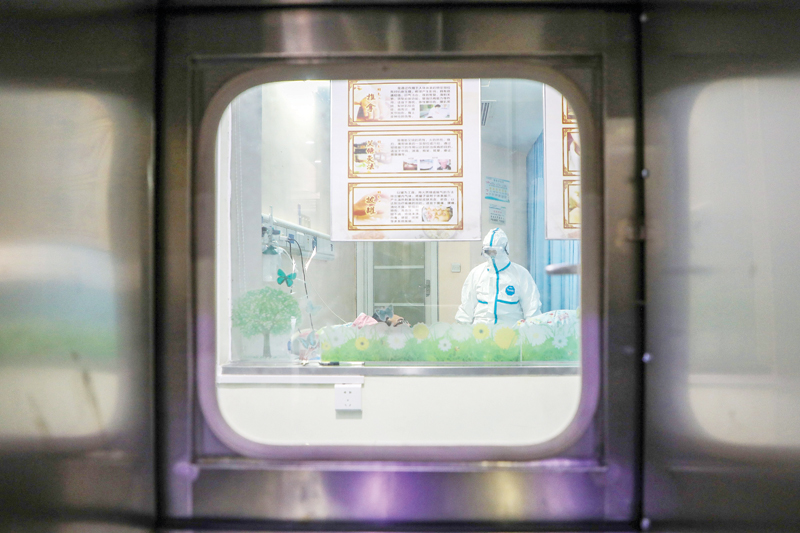

The new coronavirus epidemic puts promising but untested science under a microscope. Biotech stars like the $7.7 billion Moderna boast new tech that would cut costs and time to find a vaccine. As the world grapples to contain a deadly new virus, they have a rare chance to demonstrate proof of concept.
Epidemics are bad business for pharmaceutical companies; stopping them is risky and expensive. After factoring in regulatory approvals, it can take years to put a drug on the market — often after an outbreak has burned out. Merck’s Ebola vaccine, for example, was only approved by the US authorities in December, more than five years after the disease peaked in West Africa. And even if treatment is developed in time, politicians tend to lean on producers to keep prices low.
Biotechnology companies have a potential remedy. Roughly a dozen groups are leading the charge to develop vaccine and treatments for the new strain of coronavirus which emerged in Wuhan late last year.
Nasdaq-listed Moderna, based in Massachussetts, and Germany’s CureVac are among a group specialising in designing cutting-edge vaccines using mRNA, a chemical messenger that contains instructions for making proteins.
Because scientists only need the viral genetic code to get to work, mRNA vaccines can be developed more quickly, and tailored for a range of viruses to allow for flexibility during fast-evolving epidemics. Indeed, some mRNA advocates reckon since the technology can be customised for different diseases, breakthroughs like a universal cancer vaccine may be within reach.
Progress on the coronavirus sounds encouraging. A handful claim they can have a vaccine ready for clinical testing in as little as 90 days; it took roughly 20 months to start testing during the 2003 SARS epidemic.
Manufacturing costs might be lower too. One reason is high potency. For example, CureVac’s rabies shot, still in clinical testing, has been shown effective with just two one-microgram doses — a fraction of a typical injection. Smaller, more powerful dosages are also easier and quicker to mass-produce and store during a health emergency.
There are two huge caveats. The science is still uncertain. And any breakthrough will still have to go through extensive, large-scale testing, plus pass other regulatory hurdles. Sceptical investors and regulators may soon see if the new tech can pass muster. — Reutes
Oman Observer is now on the WhatsApp channel. Click here



